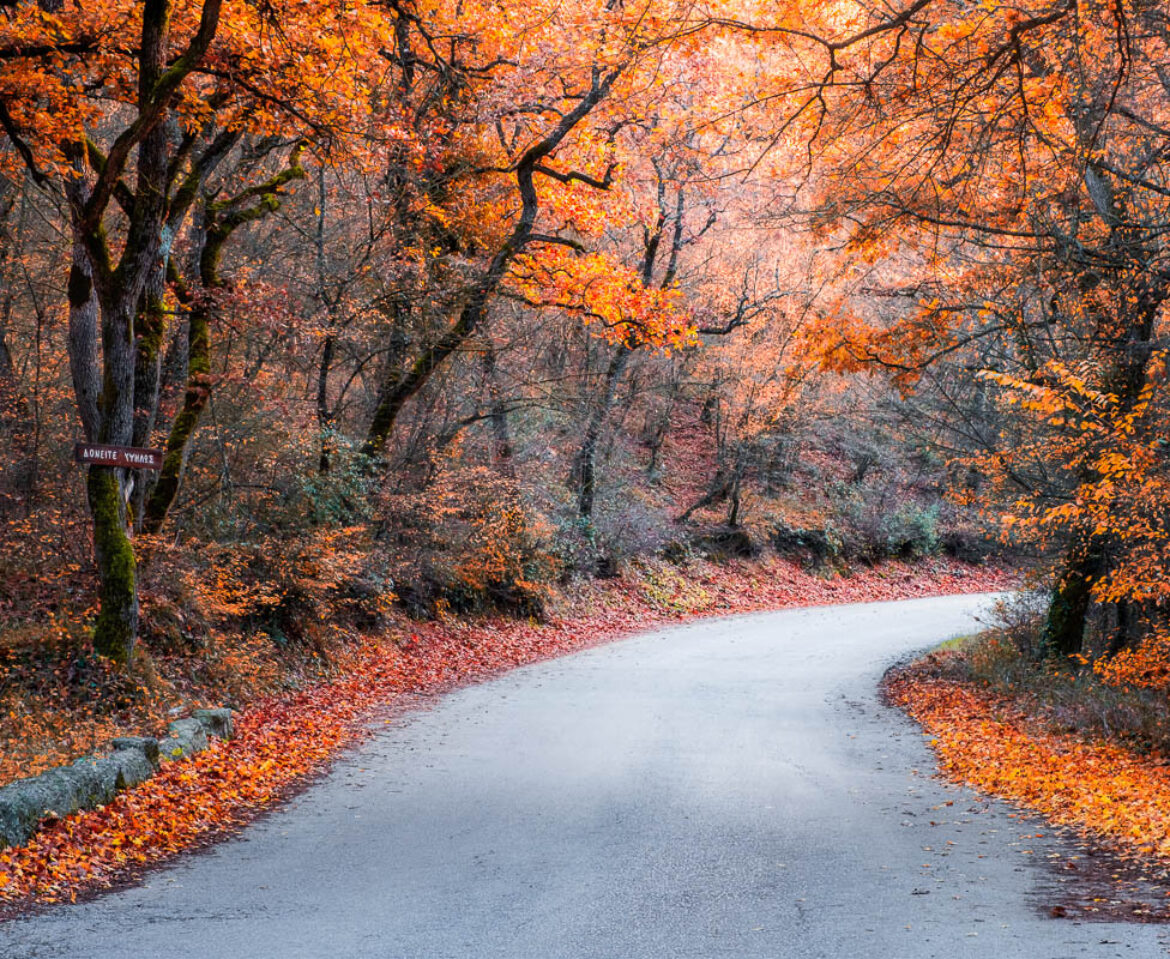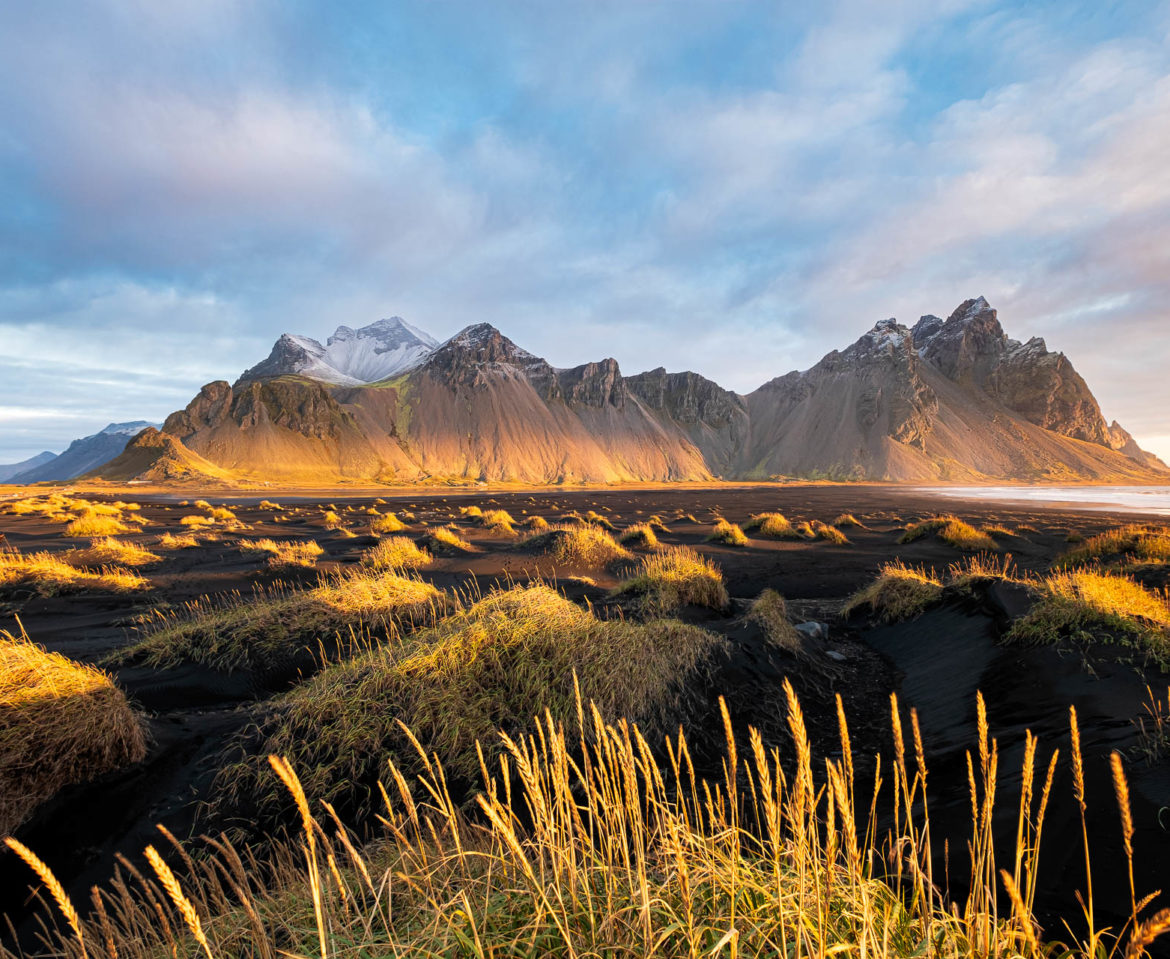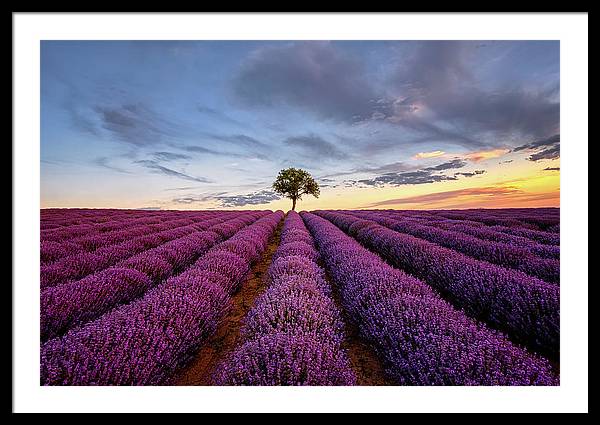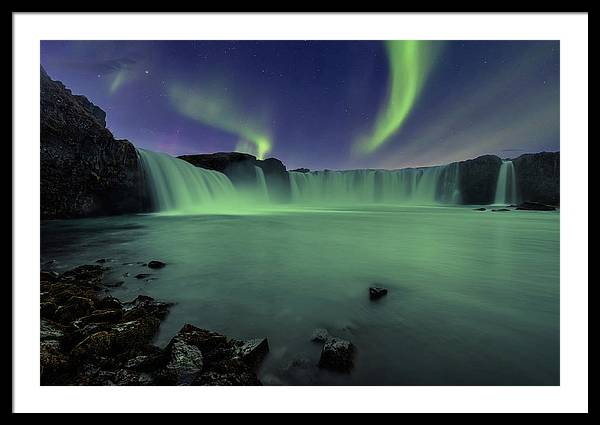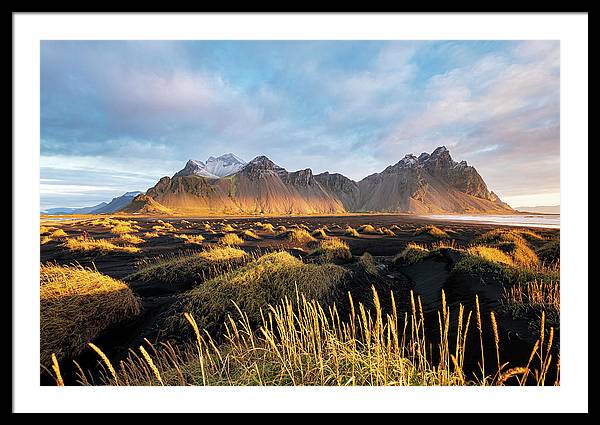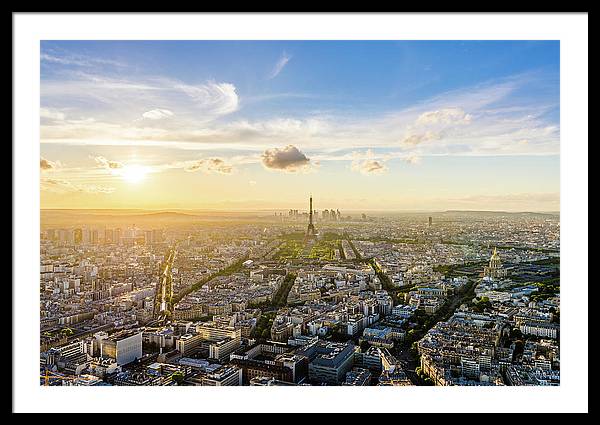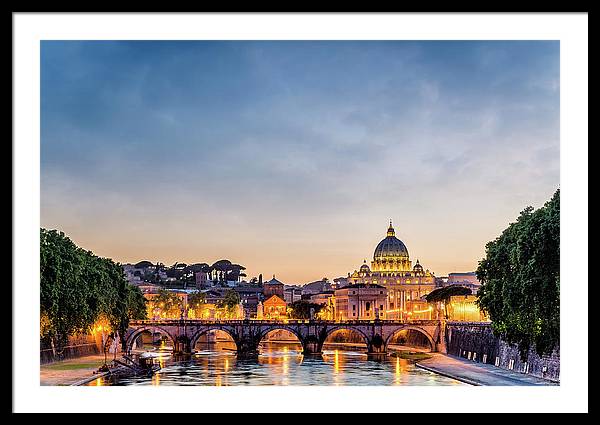Common Astrophotography Mistakes and How to Avoid Them
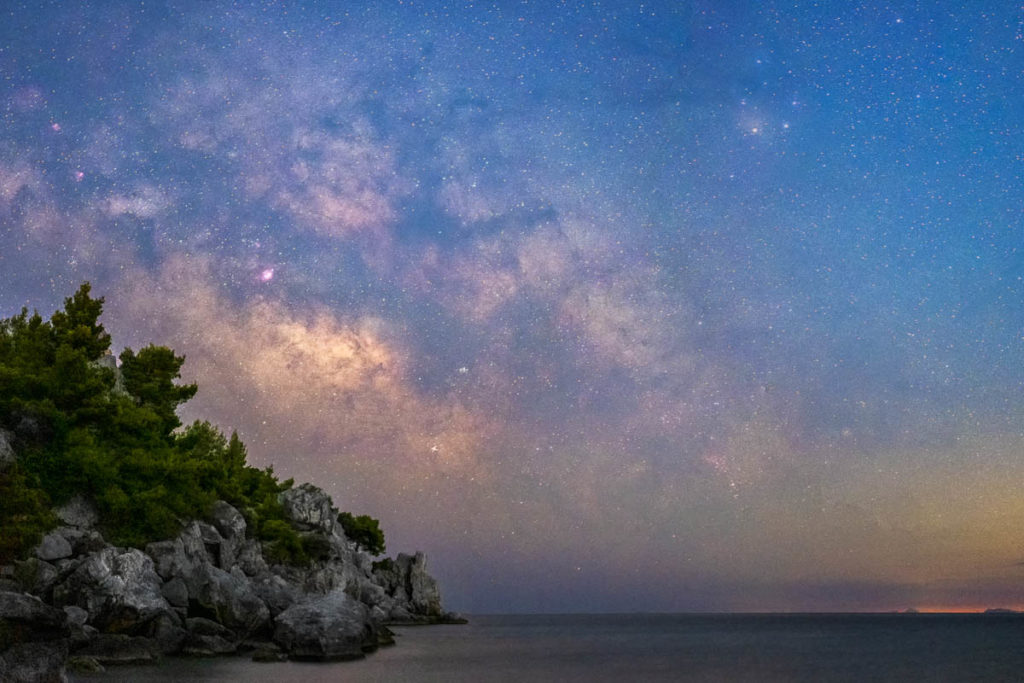
Astrophotography is a captivating genre of photography that allows us to capture the breathtaking beauty of the night sky. However, it can be challenging for beginners to achieve the desired results due to some common mistakes. In this blog post, we will explore these mistakes and provide valuable tips on how to avoid them, ensuring that your astrophotography journey is a successful one.
Poor Planning
Mistake: Heading out without proper planning can result in missed opportunities and disappointment.
Solution: Research the celestial events, moon phases, and weather conditions in advance. Use astronomy apps or websites to determine the best time and location for your shoot. Find your composition in the daytime.
Inadequate Gear
Mistake: Using unsuitable equipment can limit the quality of your astrophotography.
Solution: Invest in a sturdy tripod, a wide-angle lens with a fast aperture, and a camera with good low-light performance. Consider purchasing a star tracker for longer exposures.
Incorrect Camera Settings
Mistake: Incorrect camera settings can lead to underexposed or overexposed images.
Solution: Set your camera to manual mode and experiment with different settings. Start with a wide aperture (low f-stop number), high ISO (e.g., 1600-3200), and a long exposure time (typically 15-30 seconds). Adjust these settings based on the scene’s brightness and the desired effect.
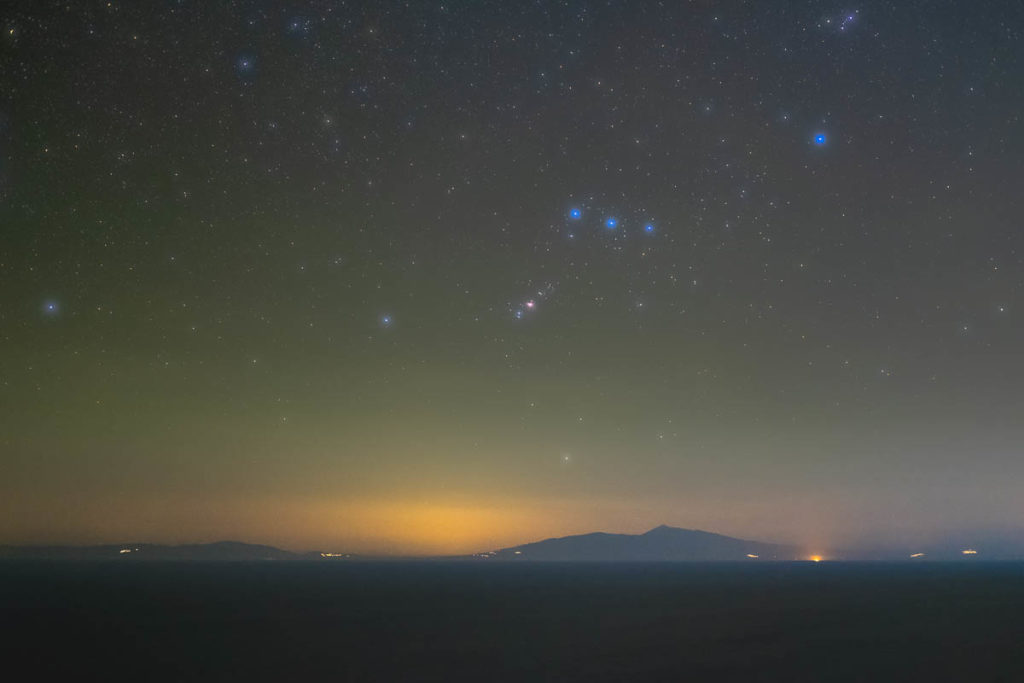
Lack of Focus
Mistake: Capturing blurry stars is a common issue in astrophotography.
Solution: Use manual focus and set it to infinity. Alternatively, use the live view mode to zoom in on a bright star and adjust the focus until it appears sharp. Read more here on how to achieve sharp focus in astrophotography.
Light Pollution
Mistake: Shooting in areas with excessive light pollution can diminish the visibility of stars and introduce unwanted artifacts.
Solution: Plan your shoot in locations away from city lights. Consider visiting dark sky reserves or remote areas with minimal light pollution. Use light pollution filters or post-processing techniques to reduce its impact.
Neglecting Composition
Mistake: Failing to consider the composition can result in uninteresting astrophotography.
Solution: Incorporate elements such as landscapes, silhouettes, or interesting foreground objects to add depth and visual interest to your images. Experiment with different angles and perspectives to create captivating compositions.
Skipping Post-Processing
Mistake: Neglecting post-processing can limit the overall quality of your astrophotography.
Solution: Learn basic post-processing techniques to enhance your images. Adjust the exposure, contrast, and colors to bring out the details in the night sky. Be careful not to overdo it, as it can lead to unnatural-looking images.
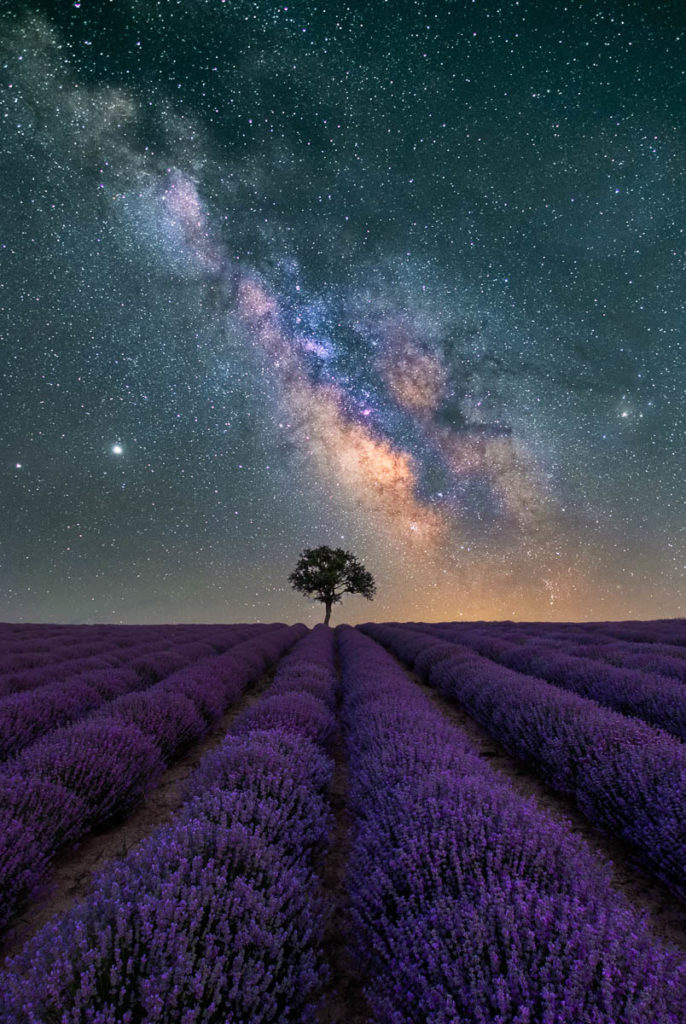
Impatience
Mistake: Astrophotography requires patience and practice. Expecting instant success can lead to frustration.
Solution: Be patient and persistent. Experiment with different techniques and settings. Learn from your mistakes and keep refining your skills over time.
Conclusion
Astrophotography is a rewarding and magical pursuit, but it requires attention to detail and continuous learning. By avoiding these common astrophotography mistakes and following the provided solutions, you will be well on your way to capturing stunning images of the night sky. Remember, practice makes perfect, so keep exploring, experimenting, and enjoying the wonders of astrophotography.
Here is a selection of my favorite astrophotography photos in case you want to have a look! Clear skies!
